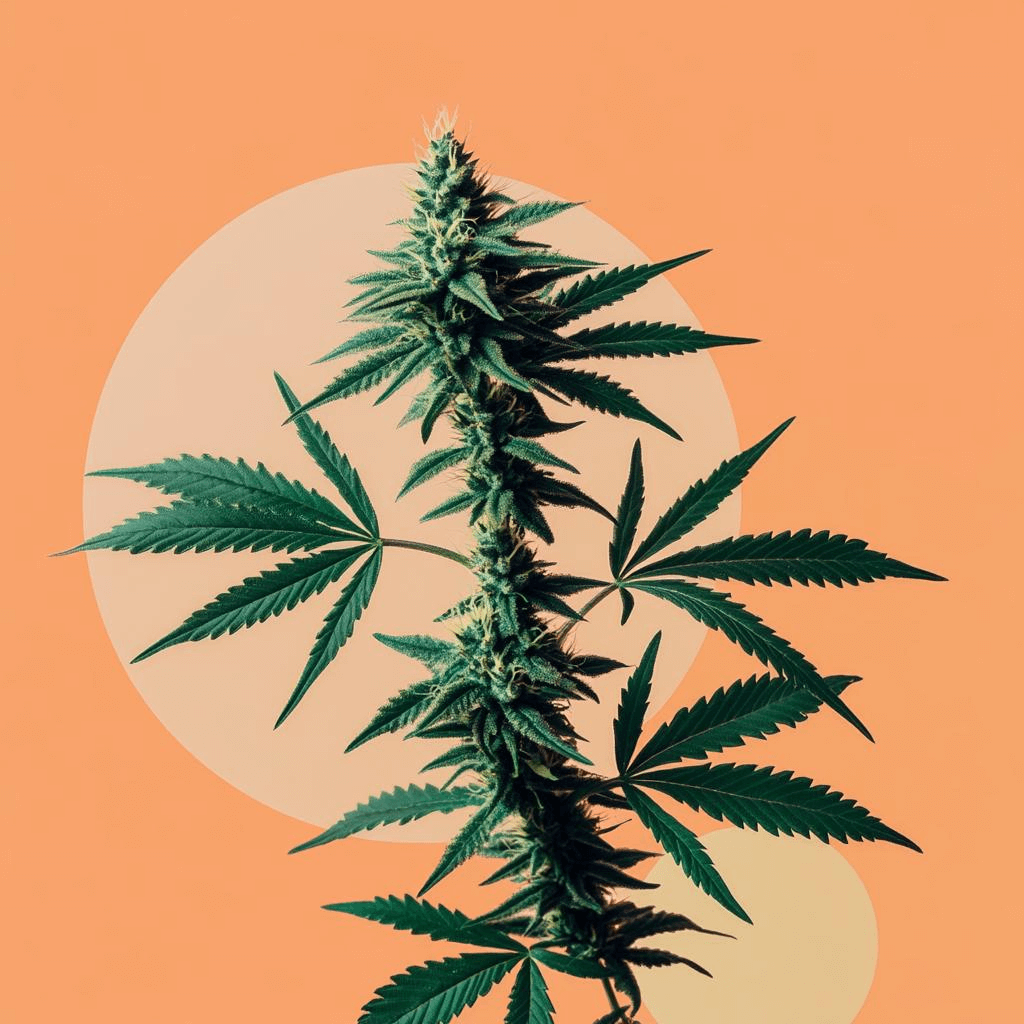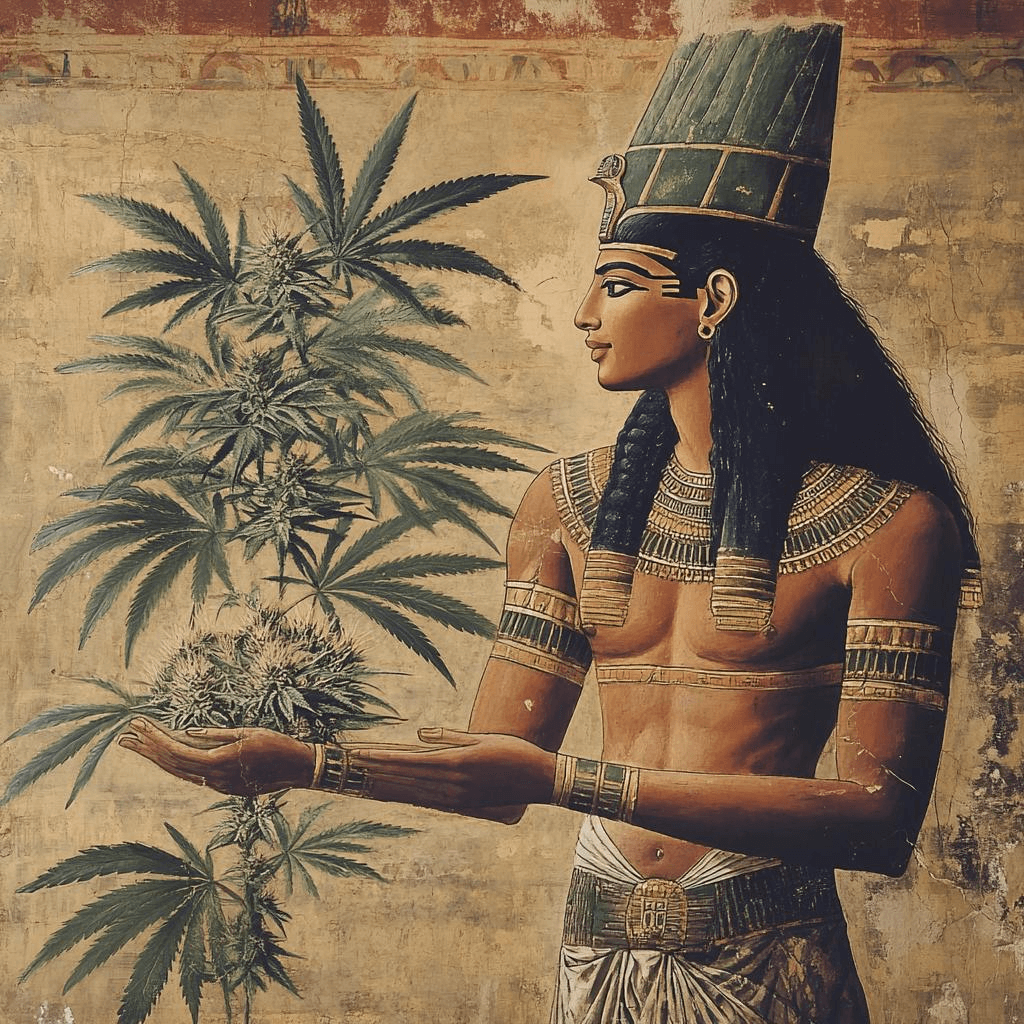30 mind blowing benefits of smoking weed
While some people experience benefits from using cannabis, it’s important to understand that it can have negative consequences and is not risk-free. It’s crucial to be well-informed about both the potential benefits and drawbacks before considering use. Here are some potential benefits that have been reported, though more research is needed in many areas:
Potential Physical and Mental Benefits:
- Pain Relief: Cannabis has shown promise in reducing chronic pain, particularly neuropathic pain.
- Nausea and Vomiting Reduction: Can be helpful for those undergoing chemotherapy or experiencing nausea from other medical conditions.
- Appetite Stimulation: May help individuals with eating disorders or those experiencing appetite loss due to medical treatments.
- Seizure Reduction: Some studies suggest potential benefits for certain types of epilepsy.
- Muscle Spasm Relief: May help reduce muscle spasms associated with conditions like multiple sclerosis.
- Glaucoma Treatment: May temporarily reduce eye pressure associated with glaucoma.
- Anxiety Reduction: Some individuals report reduced anxiety with cannabis use, though it can also increase anxiety in others.
- Sleep Improvement: Can help some people fall asleep more easily, but it may disrupt sleep patterns in the long term.
- PTSD Symptom Management: Some studies suggest potential benefits for reducing PTSD symptoms like nightmares and flashbacks.
- Depression Symptom Management: May temporarily improve mood in some individuals with depression.
Potential Social and Creative Benefits:
- Relaxation and Stress Reduction: Many users report feeling relaxed and less stressed after consuming cannabis.
- Enhanced Sensory Perception: May heighten senses like taste, touch, and sound.
- Increased Creativity: Some individuals report feeling more creative when under the influence of cannabis.
- Social Lubrication: Can make social interactions feel easier and more enjoyable for some.
- Introspection and Self-Reflection: May facilitate introspection and deeper thinking.
Potential Spiritual and Existential Benefits:
- Spiritual Exploration: Some individuals use cannabis in spiritual or religious practices.
- Enhanced Connection to Nature: May increase feelings of connection to the natural world.
- Sense of Awe and Wonder: Can induce feelings of awe and wonder.
- Existential Contemplation: May facilitate deeper thinking about life and existence.
Potential Benefits Related to Specific Medical Conditions:
- Cancer Symptom Management: May help reduce nausea, pain, and improve appetite in cancer patients.
- Multiple Sclerosis Symptom Management: May help reduce muscle spasms, pain, and improve bladder control.
- Parkinson’s Disease Symptom Management: Some studies suggest potential benefits for reducing tremors and improving sleep.
- Alzheimer’s Disease Prevention: Early research suggests potential for slowing the progression of Alzheimer’s disease.
- IBD Symptom Management: May help reduce inflammation and symptoms in individuals with inflammatory bowel disease.
- Arthritis Symptom Management: May help reduce pain and inflammation associated with arthritis.
Other Potential Benefits:
- Reduced Alcohol Consumption: Some individuals may substitute cannabis for alcohol, potentially reducing alcohol-related harm.
- Tobacco Harm Reduction: May help some individuals quit smoking tobacco.
- Headache and Migraine Relief: Some individuals report relief from headaches and migraines.
- Menstrual Cramp Relief: May help reduce pain associated with menstrual cramps.
- Reduced Opioid Use: May help reduce reliance on opioid painkillers.
Important Considerations:
- Research is ongoing, and more evidence is needed to confirm many of these potential benefits.
- Cannabis use can have negative consequences, including addiction, impaired cognitive function, and respiratory problems.
- It’s crucial to consult with a healthcare professional before using cannabis, especially if you have any underlying health conditions or are taking other medications.
- The legal status of cannabis varies by location, and it’s essential to be aware of and comply with local laws.
Please use cannabis responsibly and be mindful of its potential effects on your health and well-being.

